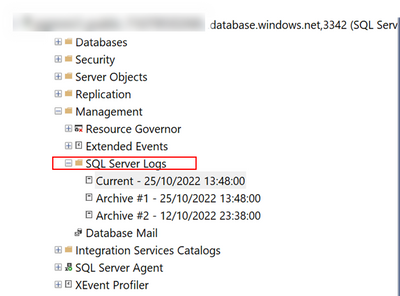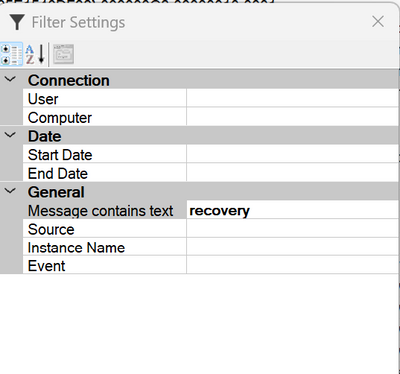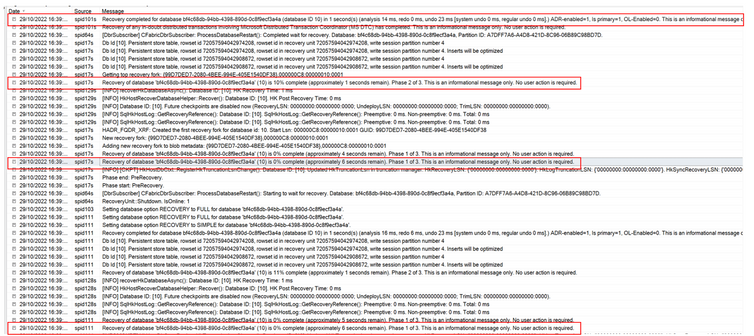
by Contributed | Oct 31, 2022 | Technology
This article is contributed. See the original author and article here.
Microsoft partners like Rubrik and Standss deliver transact-capable offers, which allow you to purchase directly from Azure Marketplace. Learn about these offers below:

|
Rubrik for Microsoft 365: Safeguard your enterprise data from insider threats or ransomware with Rubrik’s air-gapped, immutable, access-controlled backups, while continuously monitoring and remediating data risks. Rubrik Zero Trust Data Security for Microsoft 365 offers unprecedented simplicity and performance for search and restore operations for Microsoft Exchange Online, OneDrive, SharePoint, and Teams.
|

|
SendGuard for Outlook (Microsoft 365): Prevent accidental data disclosure and improve your compliance posture with SendGuard for Outlook. The software scans, detects, warns or blocks potentially sensitive, confidential or non-compliant emails and prevents them from reaching unintended recipients. It prompts Microsoft Outlook users to review and confirm both attachments and recipients before an email with confidential information can be sent.
.
|
by Scott Muniz | Oct 31, 2022 | Security, Technology
This article is contributed. See the original author and article here.
CISA has released two fact sheets to highlight threats against accounts and systems using certain forms of multifactor authentication (MFA). CISA strongly urges all organizations to implement phishing-resistant MFA to protect against phishing and other known cyber threats. If an organization using mobile push-notification-based MFA is unable to implement phishing-resistant MFA, CISA recommends using number matching to mitigate MFA fatigue. Although number matching is not as strong as phishing-resistant MFA, it is one of best interim mitigation for organizations who may not immediately be able to implement phishing-resistant MFA.
CISA recommends users and organizations see CISA fact sheets Implementing Phishing-Resistant MFA and Implementing Number Matching in MFA Applications. Visit CISA.gov/MFA for more information on MFA, including an infographic of the hierarchy of MFA options.

by Priyesh Wagh | Oct 31, 2022 | Dynamics 365, Microsoft, Technology
Here’s how you set up Pay As You Go for your Dataverse Environment.
Brought to you by Dr. Ware, Microsoft Office 365 Silver Partner, Charleston SC.
by Scott Muniz | Oct 31, 2022 | Security
This article was originally posted by the FTC. See the original article here.
Brought to you by Dr. Ware, Microsoft Office 365 Silver Partner, Charleston SC.

by Contributed | Oct 29, 2022 | Technology
This article is contributed. See the original author and article here.
When you start a PITR restore in your Managed Instance, is very useful be able to track how it progresses. Azure Portal does not show too many details about it, but we can use Managed Instance logs to track it.
The way to do it, is quite simple. You just need to connect to your MI using your SSMS (SQL Server Management Studio) and open “SQL Server Logs” that you will find under “Management“

After open logs, is the time to filter then to be focus on the recovery process.

After applying the filter, you will be able to track restore progression.

Simple and effective
Enjoy. –
Paloma.-



Recent Comments